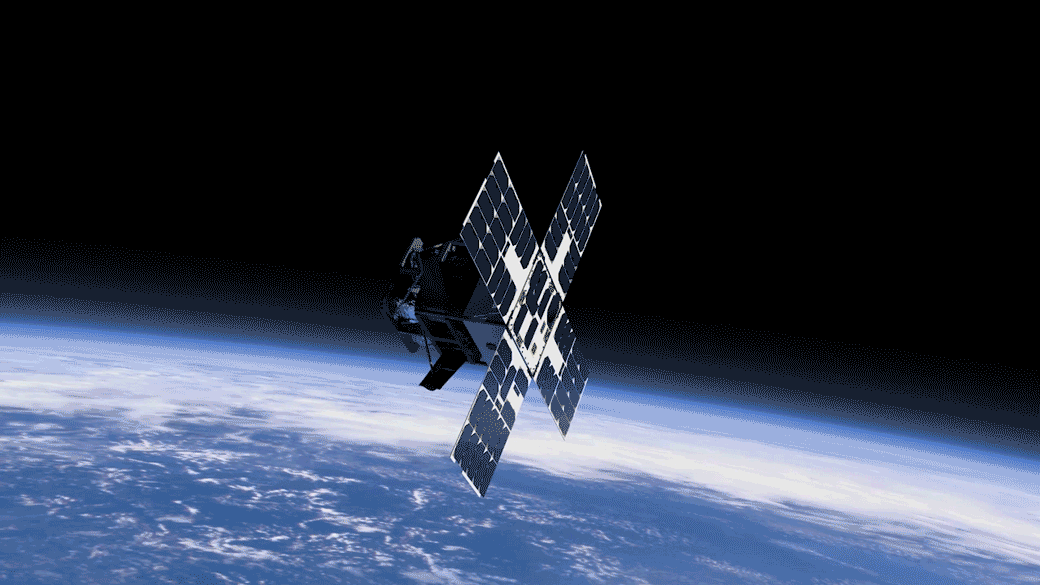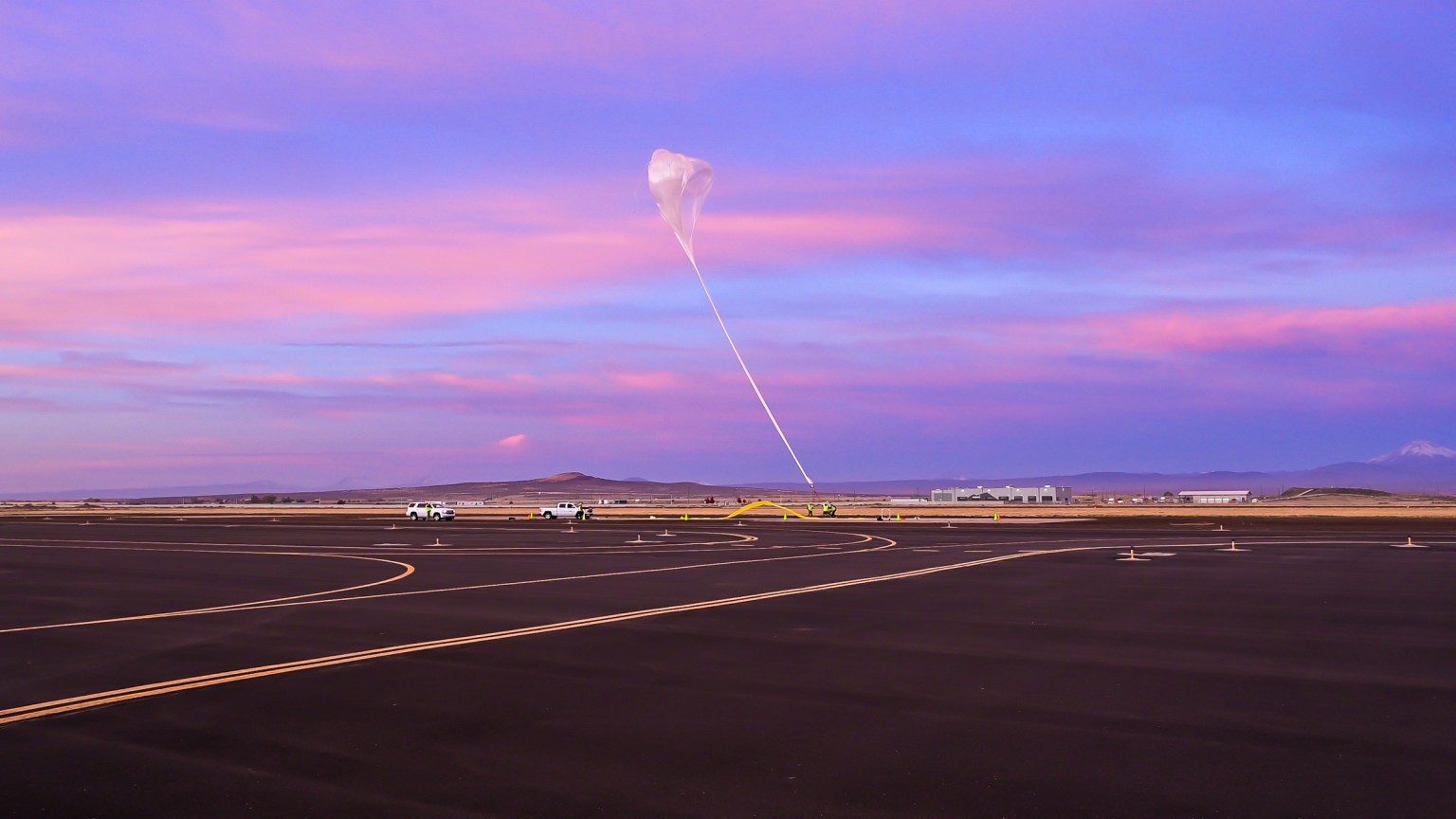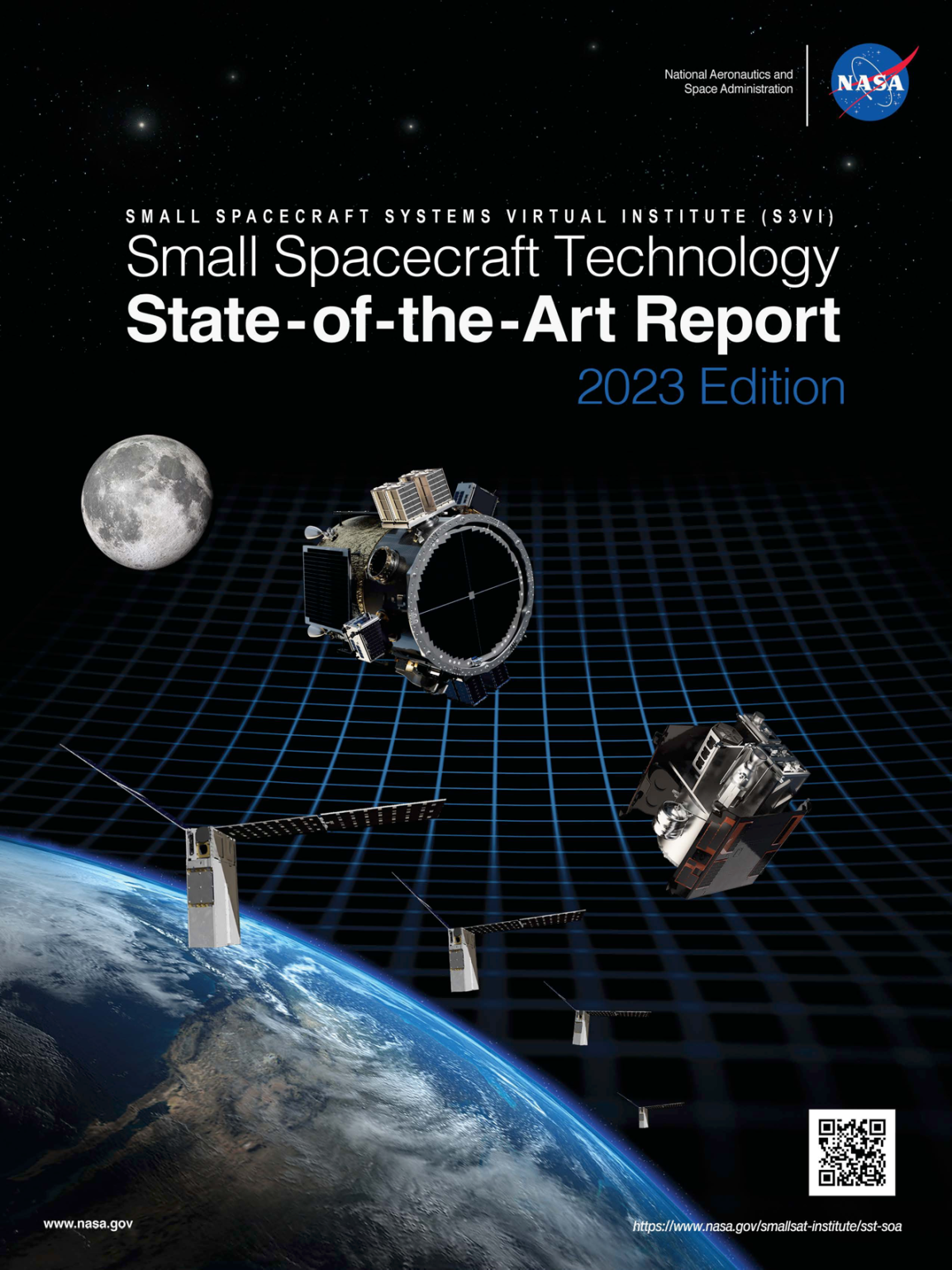Using Sunlight to Power Deep Space Exploration
NASA is developing new deployable structures and materials technologies for solar sail propulsion systems destined for future low-cost deep space missions. Just as a sailboat is powered by wind in a sail, solar sails employ the pressure of sunlight for propulsion, eliminating the need for conventional rocket propellant. NASA’s Advanced Composite Solar Sail System, or ACS3, technology demonstration uses composite materials – or a combination of materials with different properties – in its novel, lightweight booms that deploy from a CubeSat. Data obtained from ACS3 will guide the design of future larger-scale composite solar sail systems that could be used for space weather early warning satellites, near-Earth asteroid reconnaissance missions, or communications relays for crewed exploration missions.
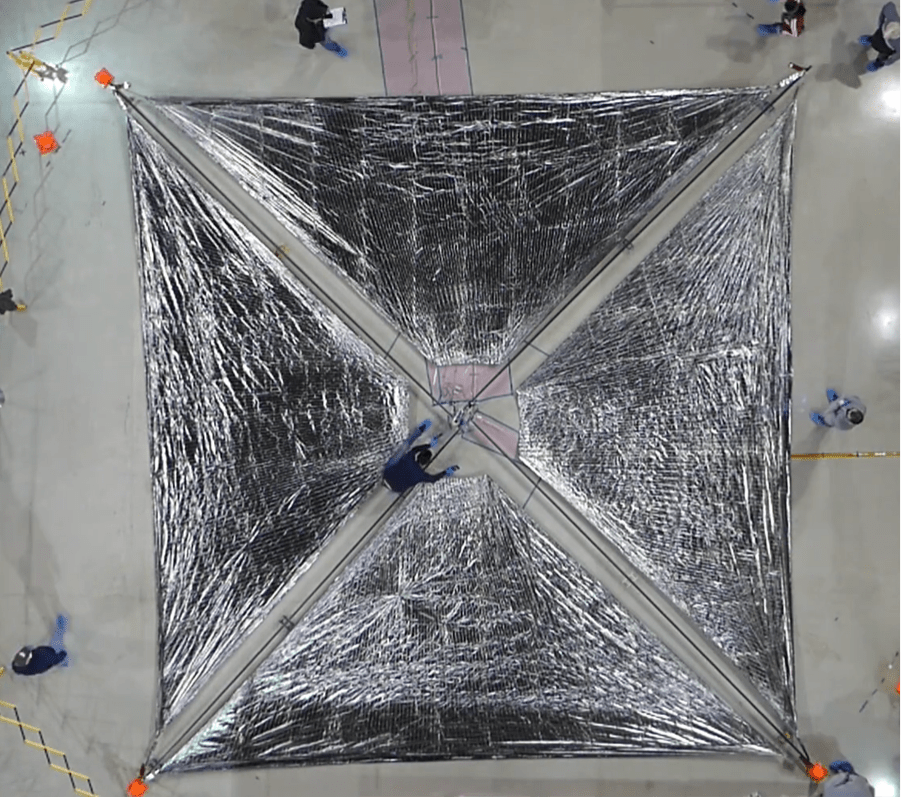
The primary objective of the ACS3 technology demonstration is the successful deployment of the composite boom solar sail in low-Earth orbit. Currently deployed, the sail’s four booms span the diagonals of the square and measure 23 feet (about 7 meters) in length. The square-shaped solar sail measures approximately 30 feet (about 9 meters) per side, or about the size of a small apartment. A suite of onboard digital cameras continue to obtain images of the sail in order to assess its shape and alignment and to better understand how the boom technology demonstration performed.
Currently orbiting Earth, ACS3 can be seen at night from many locations across the world. NASA’s #SpotTheSail campaign is accessible via the NASA app on mobile platforms and may be used to find out when the spacecraft will be visible at a user’s location.
ACS3’s sails are supported and connected to the spacecraft by booms, which function much like a sailboat’s boom that connects to its mast and keeps the sail taut. The composite booms are made from a polymer material that is flexible and reinforced with carbon fiber. This composite material can be rolled for compact stowage, but remains strong and lightweight when unrolled. It is also very stiff and resistant to bending and warping due to changes in temperature. Solar sails can operate indefinitely, limited only by the durability of the solar sail materials and spacecraft electronic systems in the space environment. The ACS3 technology demonstration will also test an innovative tape-spool boom extraction system designed to minimize jamming of the coiled booms during deployment.
Interest in solar sailing as an alternative to chemical and electric propulsion systems continues to increase. Using sunlight to propel small spacecraft in lieu of consumable propellants will be advantageous for many mission profiles and offers flexibility in spacecraft design to help NASA meet its missions’ objectives most efficiently.
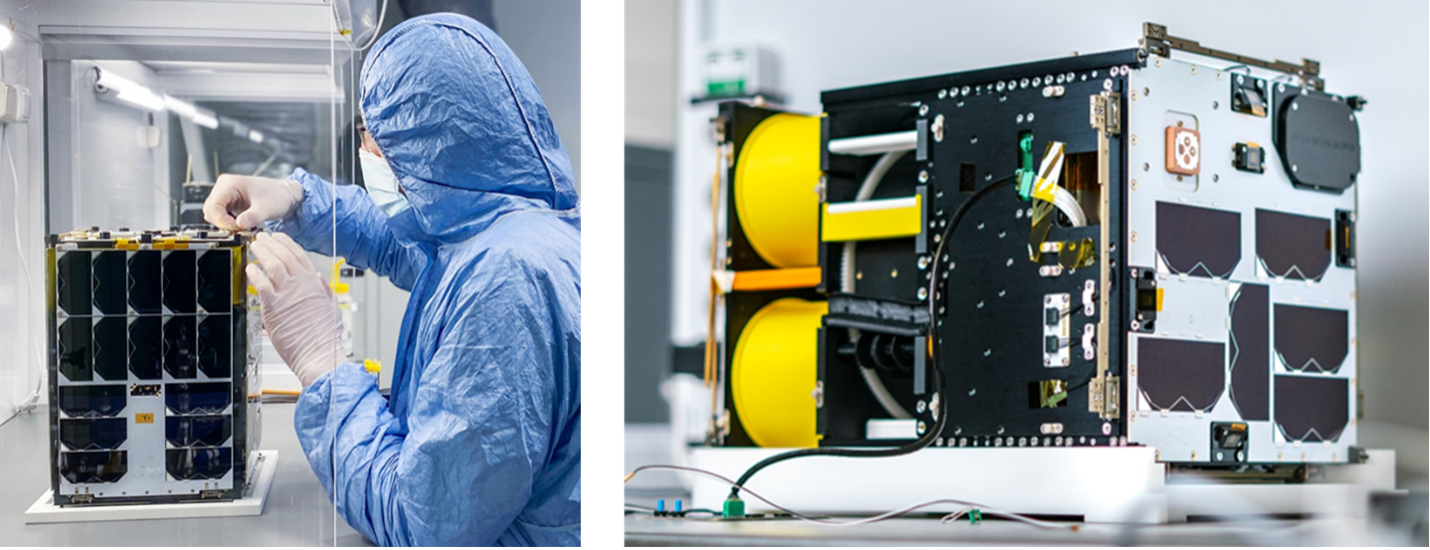
Objectives:
- Demonstrate successful deployment of the composite boom as well as sail packing and deployment systems in low Earth orbit
- Evaluate the efficacy of the shape and design of the solar sail
- Characterize the thrust functionality of the sail as the spacecraft gradually changes orbit
- Collect data on the sail’s performance to inform the design of larger, more complex systems
Fast Facts:
- This is the first use of composite booms as well as sail packing and deployment systems for a solar sail in space.
- ACS3’s composite booms are 75% lighter and designed to experience 100 times less in-space thermal distortion – change of shape under heat – than previously flown metallic deployable booms.
- The solar sail is designed to fit inside a 12-unit (12U) CubeSat, which measures approximately 9 inches by 9 inches by 13 inches (23 centimeters by 23 centimeters by 34 centimeters), or about the size of a small microwave oven.
- The composite boom technology used for this ACS3 technology demonstration could be used in future missions for solar sails up to 500 square meters (5,400 square feet), about the size of a basketball court. Follow-on composite boom technologies now in development will enable solar sails as large as 2,000 square meters (21,500 square feet).
- ACS3 launched on April 23, 2024, aboard a Rocket Lab Electron rocket from the company’s Launch Complex 1 in Māhia, New Zealand.
Partners:
- NASA’s Langley Research Center in Hampton, Virginia, designed and built the ACS3 deployable composite booms and solar sail system.
- AST&Defense LLC of College Park, Maryland, designed and built the 12U CubeSat spacecraft bus for the ACS3 technology demonstration.
- NASA’s Ames Research Center in California’s Silicon Valley manages the ACS3 project and designed and built the ACS3 on-board camera diagnostic system.
- Santa Clara University’s Robotics Systems Lab in Santa Clara, California, is providing CubeSat operations support for the ACS3 technology demonstration.
- NASA’s Small Spacecraft Technology program within the agency’s Space Technology Mission Directorate is sponsoring the ACS3 project and is providing the funding for the launch.
- NASA’s Game Changing Development program within the agency’s Space Technology Mission Directorate developed ACS3’s deployable composite boom technology.
Learn More:
- Deployable Composite Boom Technology Advances In Space Construction
- NASA Next-Generation Solar Sail Boom Technology Ready for Launch
- NASA’s Next-Generation Solar Sail Mission
- Media Invited to Learn About NASA’s New Solar Sail Technology
- NASA to Hoist Its Sail: Solar Sail Mission Gets Ready for Launch
- NASA Invites Media to Learn About New Tech Mission Powered by the Sun
- Small Satellite Missions Blog: Visit the blog for the latest updates on the Advanced Composite Solar Sail System Mission!
- Like a Diamond in the Sky: How to Spot NASA’s Solar Sail Demo in Orbit
- Sail Along with NASA’s Solar Sail Tech Demo in Real-Time Simulation
For Researchers:
- TechPort Project Summary for NASA’s ACS3 technology demonstration.
- Investigators interested in funding opportunities with the SST program should visit the program’s website.
For News Media:
Members of the news media interested in covering this topic should reach out to the NASA Ames newsroom.
Banner image: A sped up animation of the solar sail unfurling to its final size. The process of unfurling takes about 25 minutes to complete. Credits: NASA/Aero Animation/Ben Schweighart



























